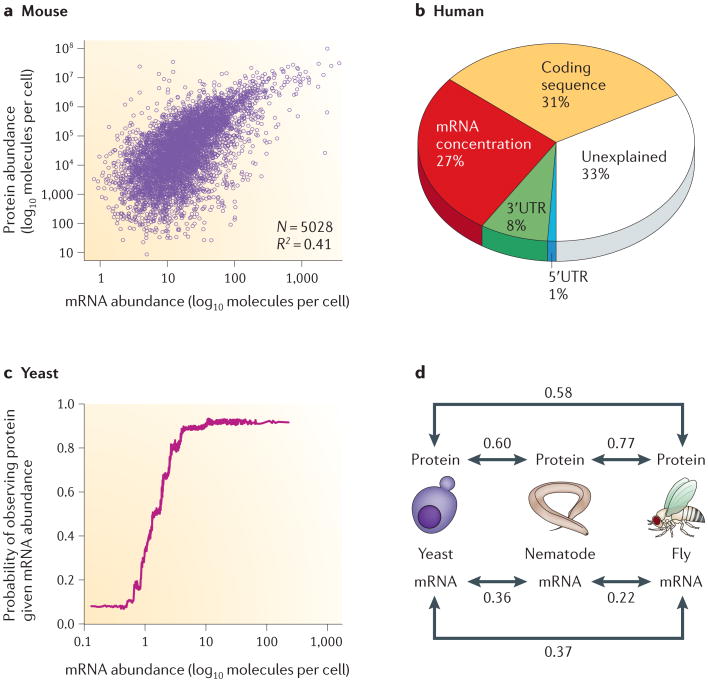Figure 2. Relationships between mRNA and protein abundances, as observed in large-scale proteome- and transcriptome-profiling experiments.
a | mRNA transcript abundances only partially correlate with protein abundances, typically explaining approximately one- to two-thirds of the variance in steady-state protein levels, depending on the organism. This trend is evident in data from NIH3T3 mouse fibroblast cells. b | In mammalian cells, as shown here for a human DAOY medulloblastoma cell line, ∼30–40% of the variance in protein abundance is explained by mRNA abundance. A similarly large fraction of variance can be explained by other factors, which is indicative of post-transcriptional and translational regulation and protein degradation5,24. c | Nonetheless, mRNA levels are an excellent proxy (in general) for the presence of a protein — or, more precisely, for its detectability using current proteomics technologies. The resulting ‘lazy step function’ has been observed in bacteria, yeast and human cell culture: beyond a certain mRNA concentration, the probability of detecting a protein in the sample does not increase any further. d | Preliminary evidence also suggests that, when considering orthologues across highly divergent species, abundances of proteins are more conserved than abundances of the corresponding mRNAs39,40, suggesting that protein abundances may be evolutionarily favoured. (Numbers indicate Spearman rank correlation coefficients between molecular abundances.) Data such as these support an important role for regulatory mechanisms occurring downstream from the setting of mRNA levels. Panel a of this figure is adapted, with permission, from REF. 5 © (2011) Macmillan Publishers Ltd. All rights reserved. Panel b of this figure is adapted from REF. 24. Panel c of this figure is adapted, with permission, from REF. 42 © (2009) Oxford University Press. Panel d of this figure is adapted, with permission, from REF. 40 © (2010) Wiley.

